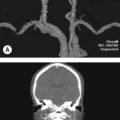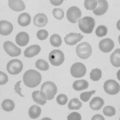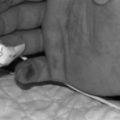12 Gallop rhythm
Salient features
Examination
• Presence of an abnormal third or fourth heart sound (Fig. 12.1) with tachycardia. (The presence of a normal third or fourth heart sound does not connote a gallop rhythm unless there is associated tachycardia.)
• Auscultate with the bell as third and fourth heart sounds are low pitched
• Gallop rhythm as a result of third heart sound seems to sound like ‘Kentucky’, whereas that because of the fourth heart sound sounds like ‘Tennessee’.
Notes
• A left ventricular third heart sound is best heard at the apex, whereas the right ventricular third heart sound is best heard along the left sternal border.
• The left ventricular third heart sound is heard over the left ventricular impulse, especially when the impulse is brought closer to the chest wall by placing the patient in a partial left lateral decubitus position.
• In emphysematous patients, the gallop is better heard when listening over the xiphoid or epigastric area.
Advanced-level questions
What is the mechanism of production of the third heart sound?
It is caused by rapid ventricular filling in early diastole.
How do you differentiate between the fourth heart sound, a split first heart sound and an ejection click?
What are the causes of a third heart sound?
• Physiological: in normal children and young adults
What are the implications of a third heart sound in patients with valvular heart disease?
• In patients with mitral regurgitation, they are common but do not necessarily reflect ventricular systolic dysfunction or increased filling pressure (N Engl J Med 1992;327:458–62).
• In patients with aortic stenosis, third heart sounds are uncommon but usually indicate the presence of systolic dysfunction and raised filling pressure.






